The History of American Wineries: From Prohibition to Present
Overview/Summary
The history of American wineries is a story of grit and growth. From Prohibition’s tough days in the 1920s to today’s booming wine scene, American wineries have bounced back to craft top-notch wines. This article traces that journey, spotlighting brands like Beringer and key milestones.
The Impact of Prohibition on American Wineries
Prohibition hit hard from 1920 to 1933. The 18th Amendment banned making, selling, or moving alcohol, shutting down most wineries. Some got creative to survive. Beringer, a winery started in 1876, made sacramental wine for churches, keeping its doors open. Others turned grapes into juice or sold them for home winemaking, which stayed legal.
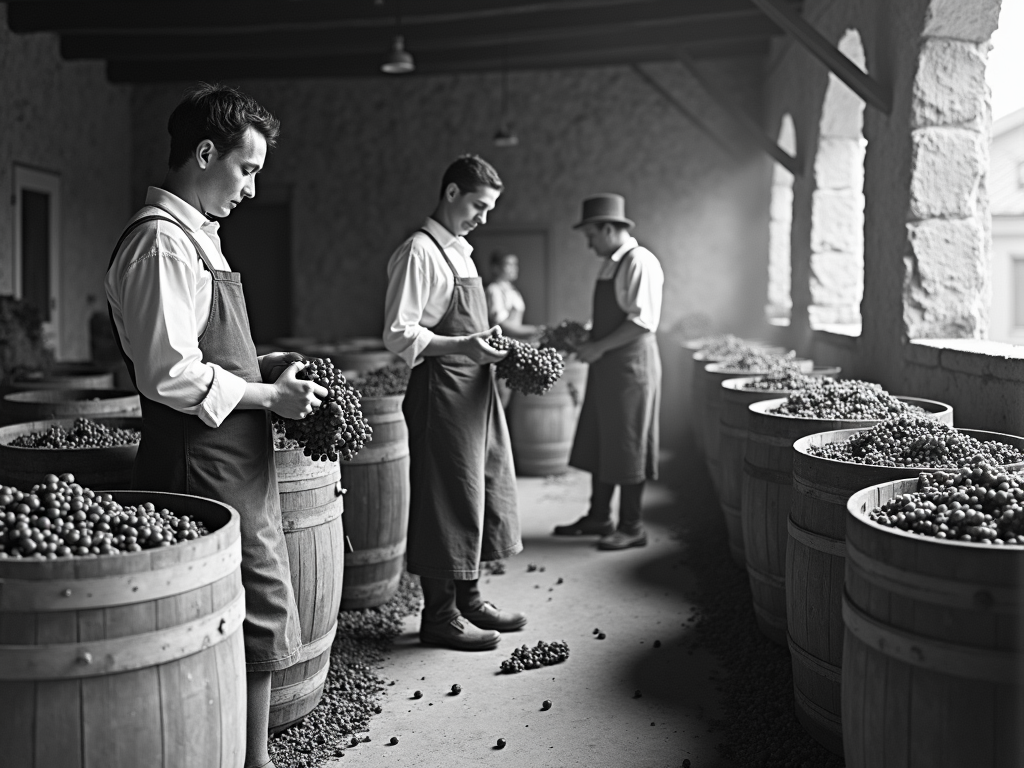
Even with these tricks, the damage was deep. Vineyards got ripped out, and winemaking know-how faded as experts left. When Prohibition ended in 1933, wineries faced a huge challenge: starting over with little left to build on.
The Recovery and Growth of American Wineries
After 1933, rebuilding was slow. It wasn’t until the 1960s and 1970s that things picked up. California led the charge with its perfect weather and soil. Then came 1976’s Judgment of Paris—a blind tasting where California wines beat French ones. That moment showed the world American wine was serious business.
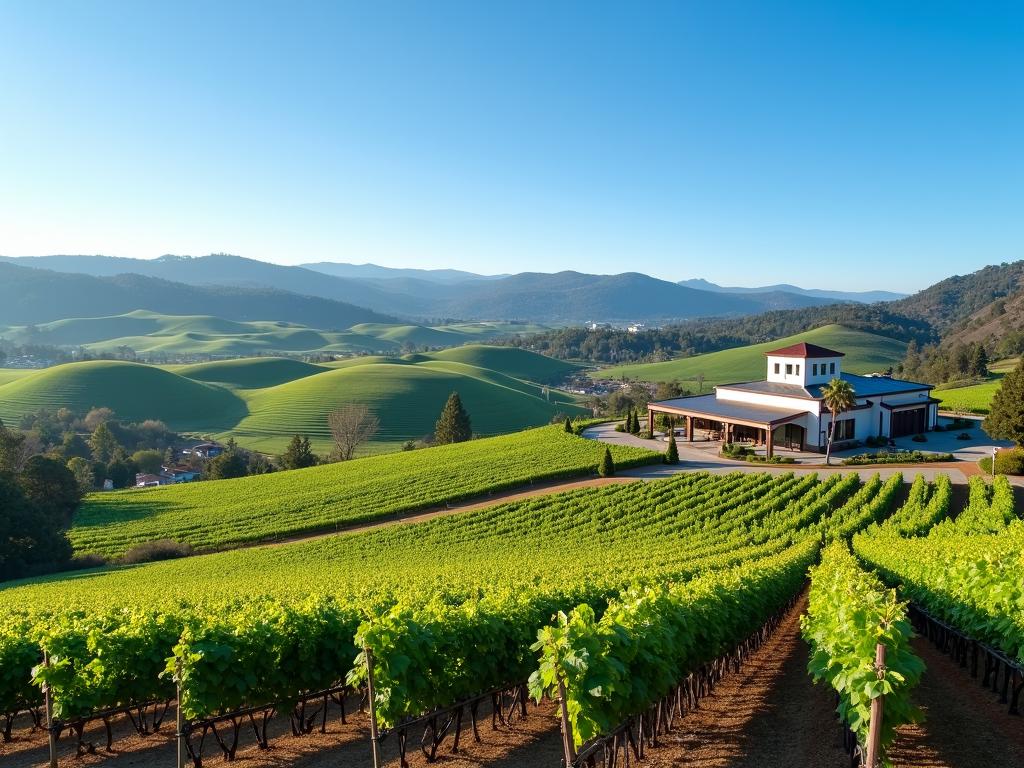
Wineries like Beringer helped drive this rise. Started before Prohibition, Beringer kept pushing forward, improving quality and sharing wine with more people. It’s now one of the big names among wine brands, showing how far American wine has come.
Beringer: A Case Study
Beringer’s story stands out. Brothers Jacob and Frederick Beringer founded it in Napa Valley in 1876. During Prohibition, they switched to sacramental wine to stay afloat. After the ban lifted, they didn’t just recover—they innovated. In 1934, Beringer became the first Napa winery to open for public tours, making wine less mysterious and more fun for everyone.
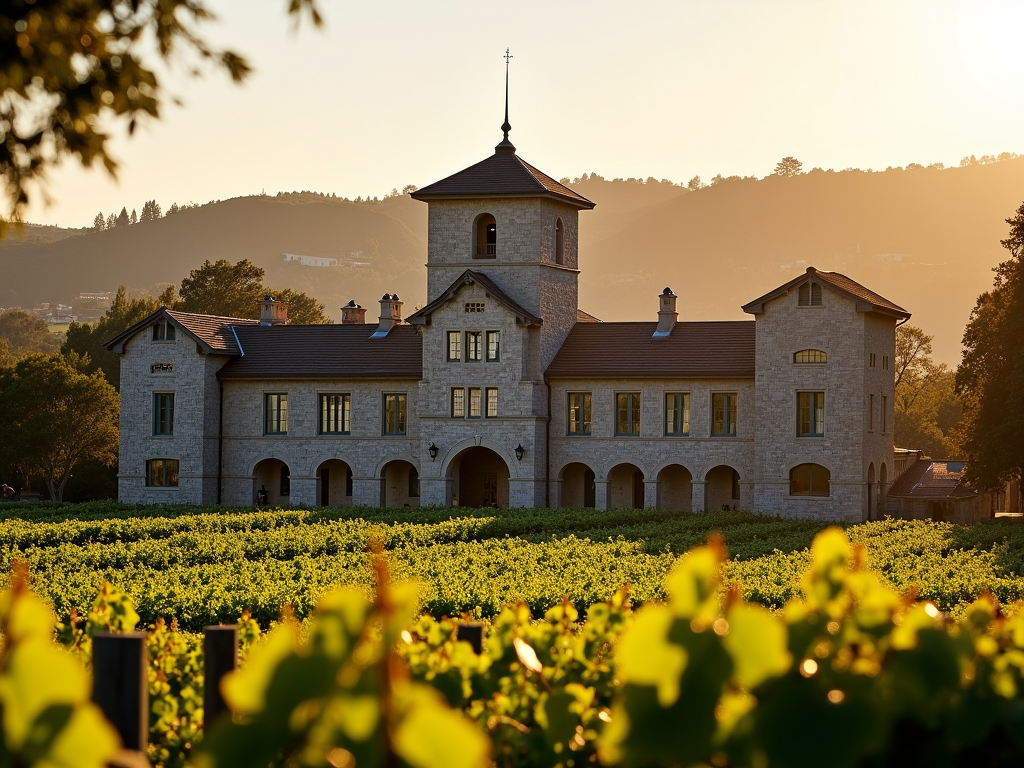
Today, Beringer offers everything from affordable bottles to fancy ones. Its Napa vineyards grow grapes for bold Cabernet Sauvignons and crisp Chardonnays. It’s a winery that’s lasted over a century by adapting and keeping quality high.
Beringer Wine Tasting Notes
Take Beringer’s Private Reserve Cabernet Sauvignon—it’s a star. Sip it, and you’ll taste juicy blackberry and cassis, with a touch of dark chocolate. Oak aging adds vanilla and spice, making it smooth yet bold. It’s easy to see why this wine wins fans. Beringer wine tasting notes like these show their skill in blending flavor and balance.
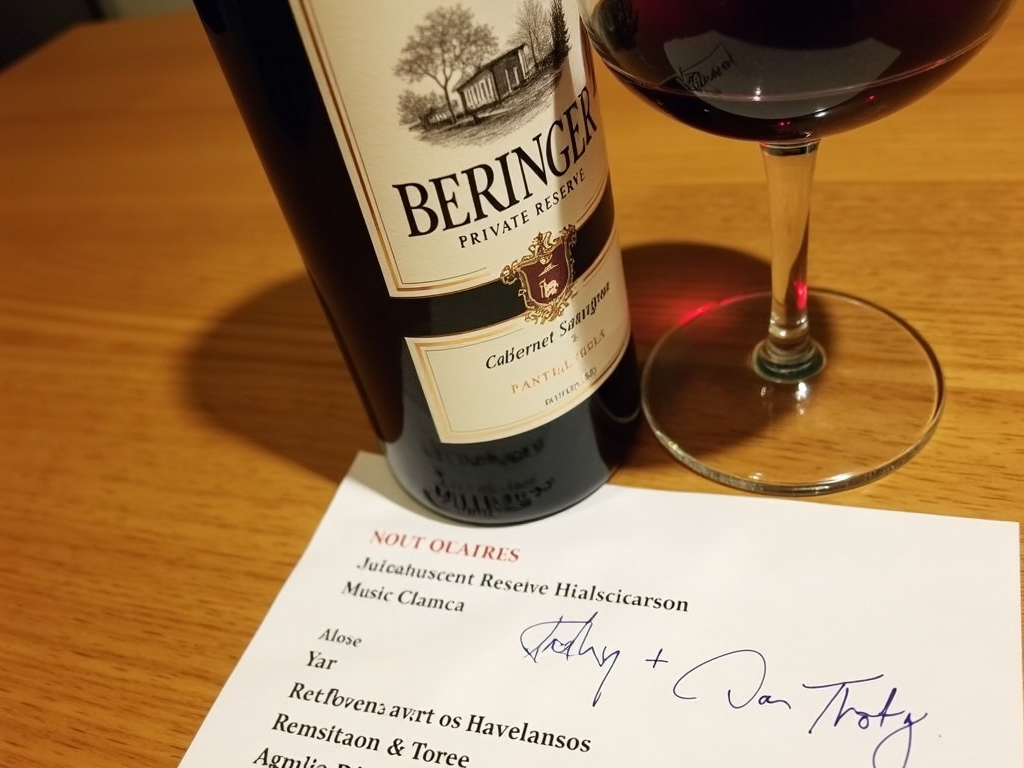
The Modern American Wine Industry
Now, wineries thrive in all 50 states. California still dominates, but places like Oregon, Washington, New York, and Virginia shine too. They’re trying new things—think eco-friendly farming and fresh winemaking ideas. It’s not just about making wine; it’s about making it better.
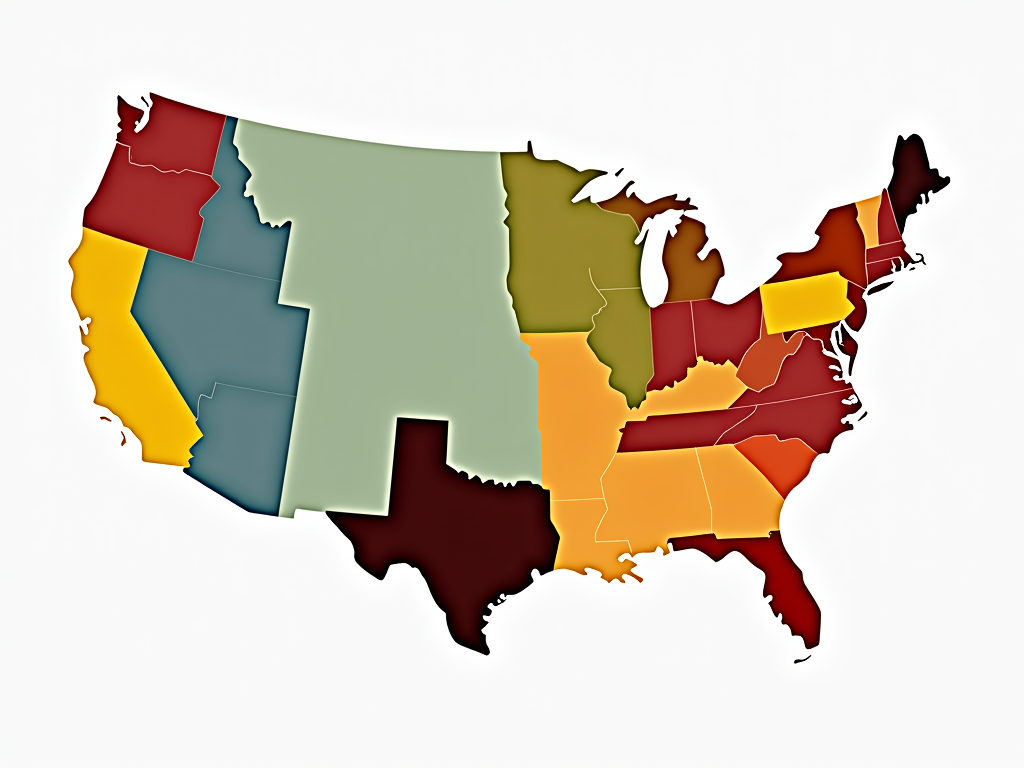
Wineries today welcome visitors with open arms. Tasting rooms, tours, and events let people dive into wine culture. Beringer and other wine brands lead this charge, offering bottles for newbies and pros alike. It’s a golden age for American wine.
Summary
The history of American wineries: from Prohibition to present is all about overcoming odds. After Prohibition nearly wiped them out, wineries rebuilt and soared. Beringer and others prove American wine isn’t just surviving—it’s winning. With growth and new ideas, the future’s looking tasty.